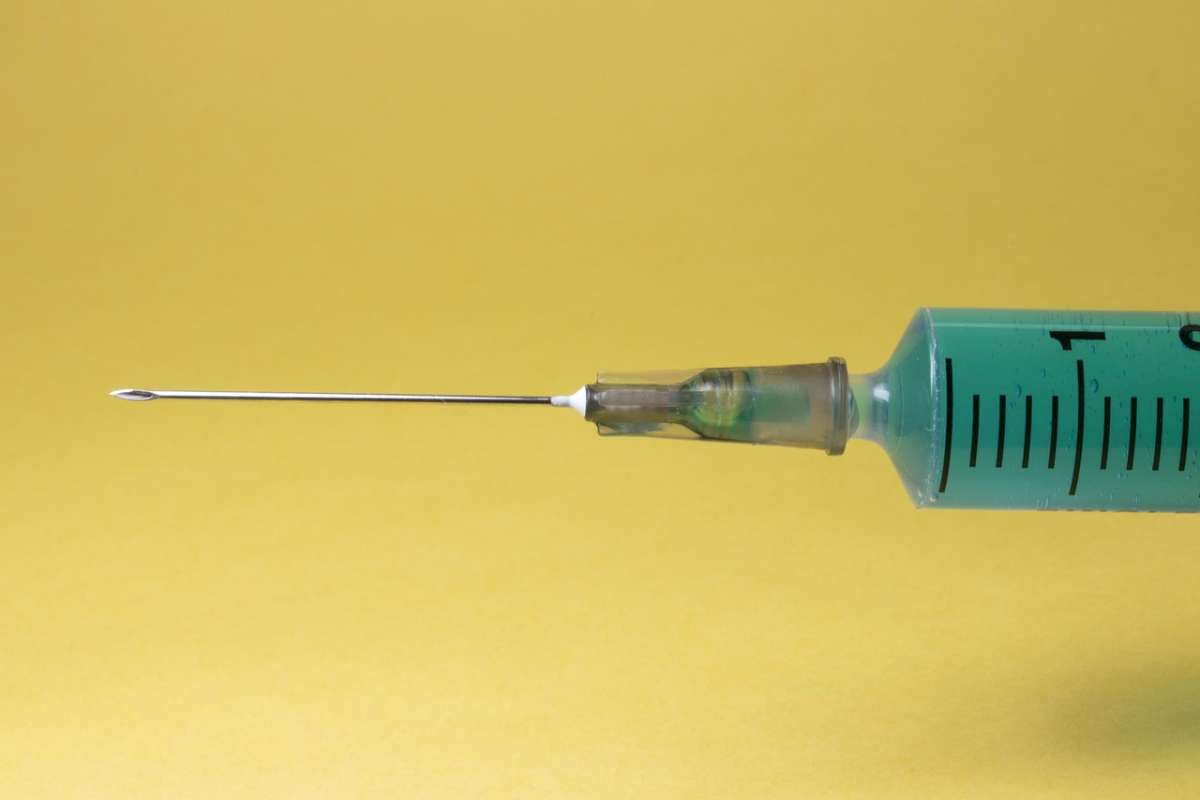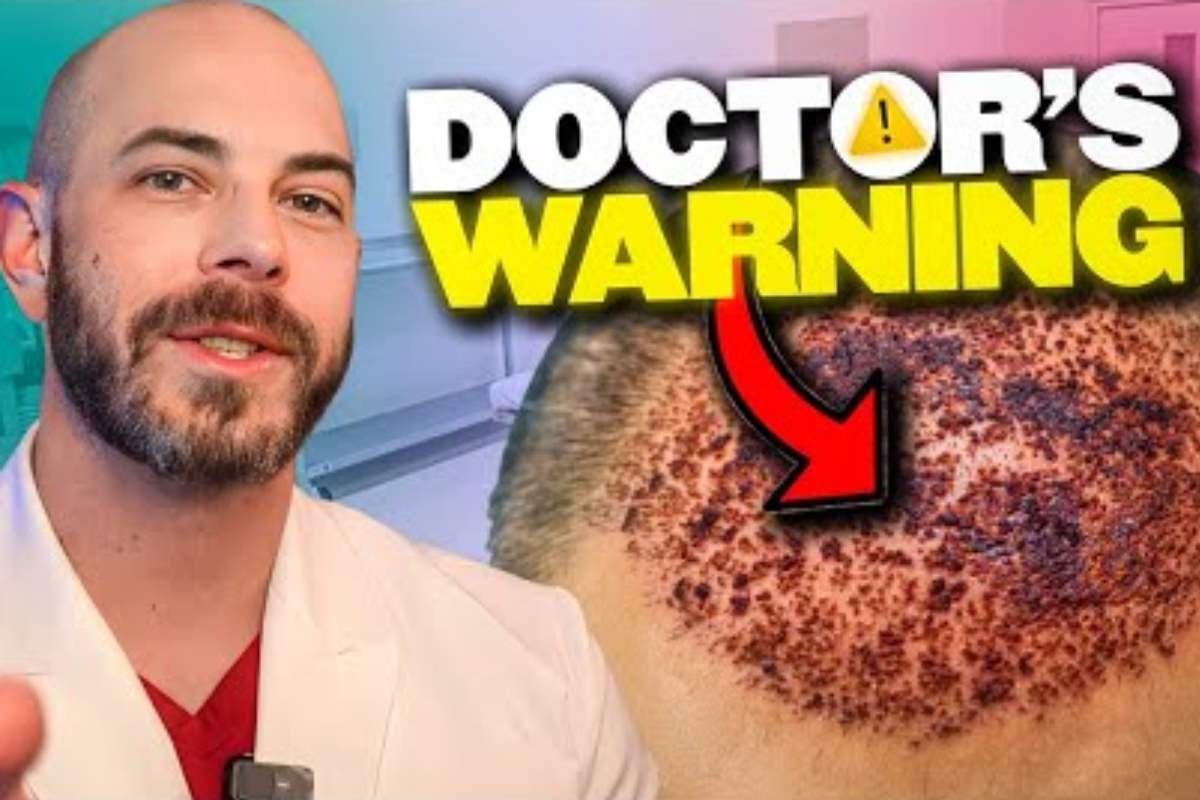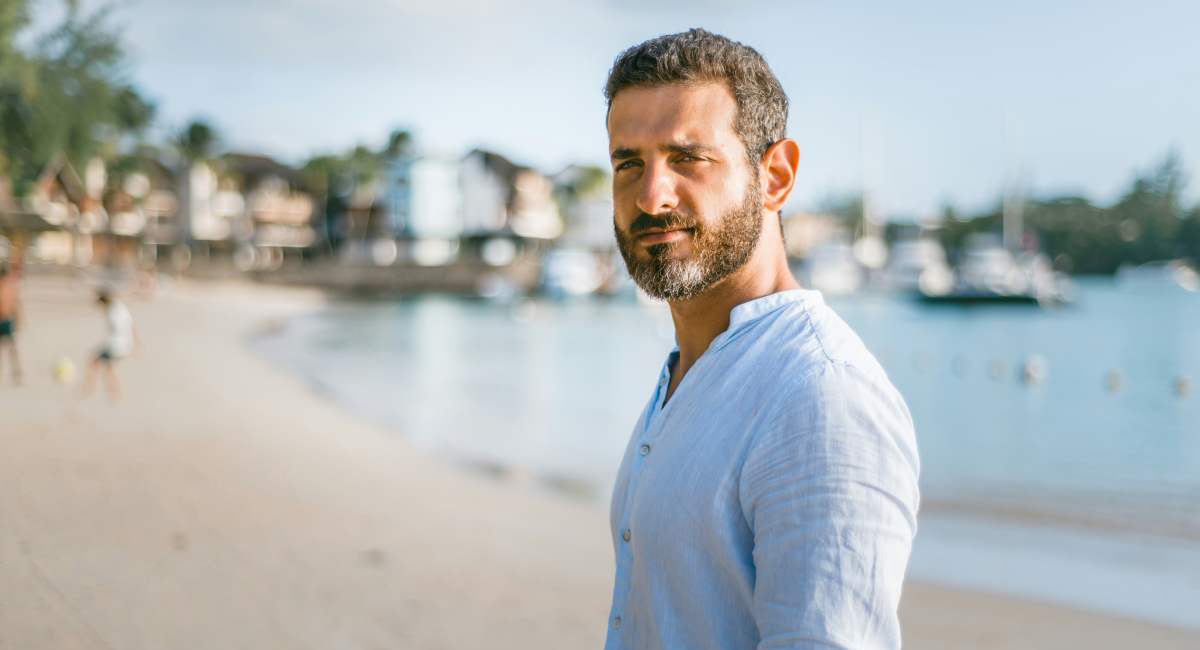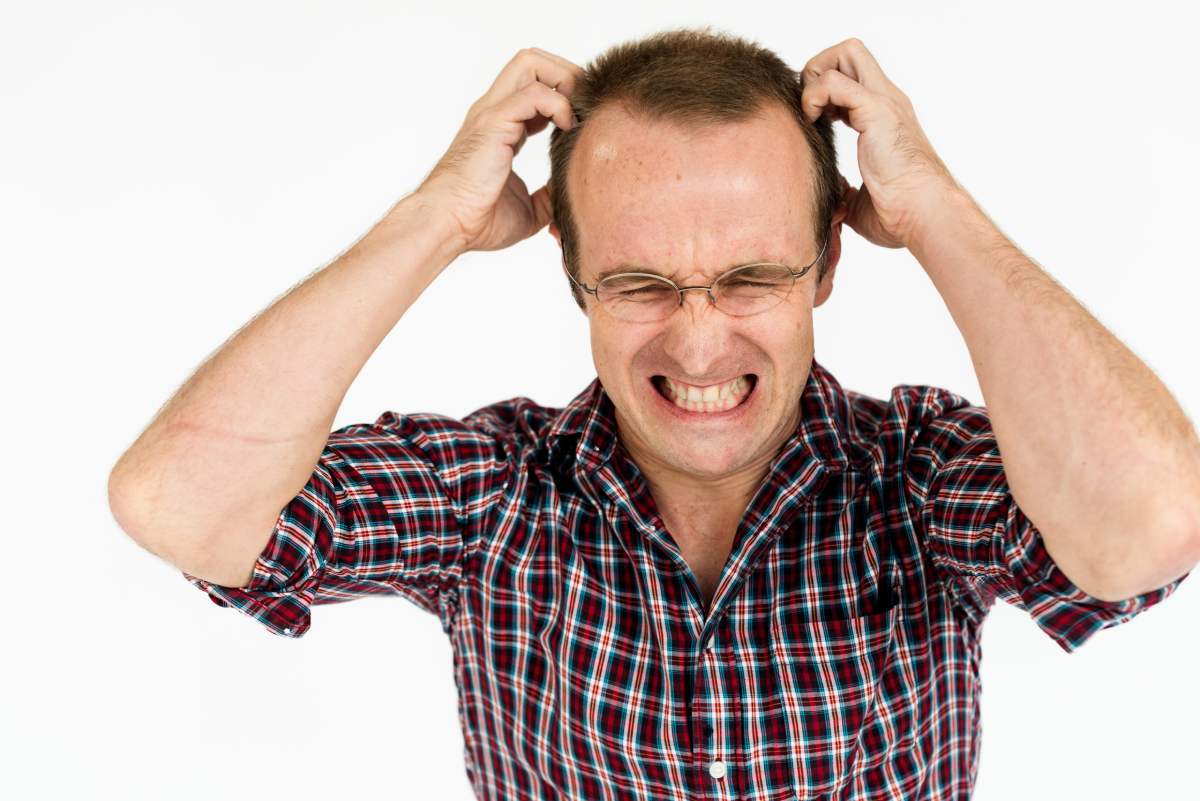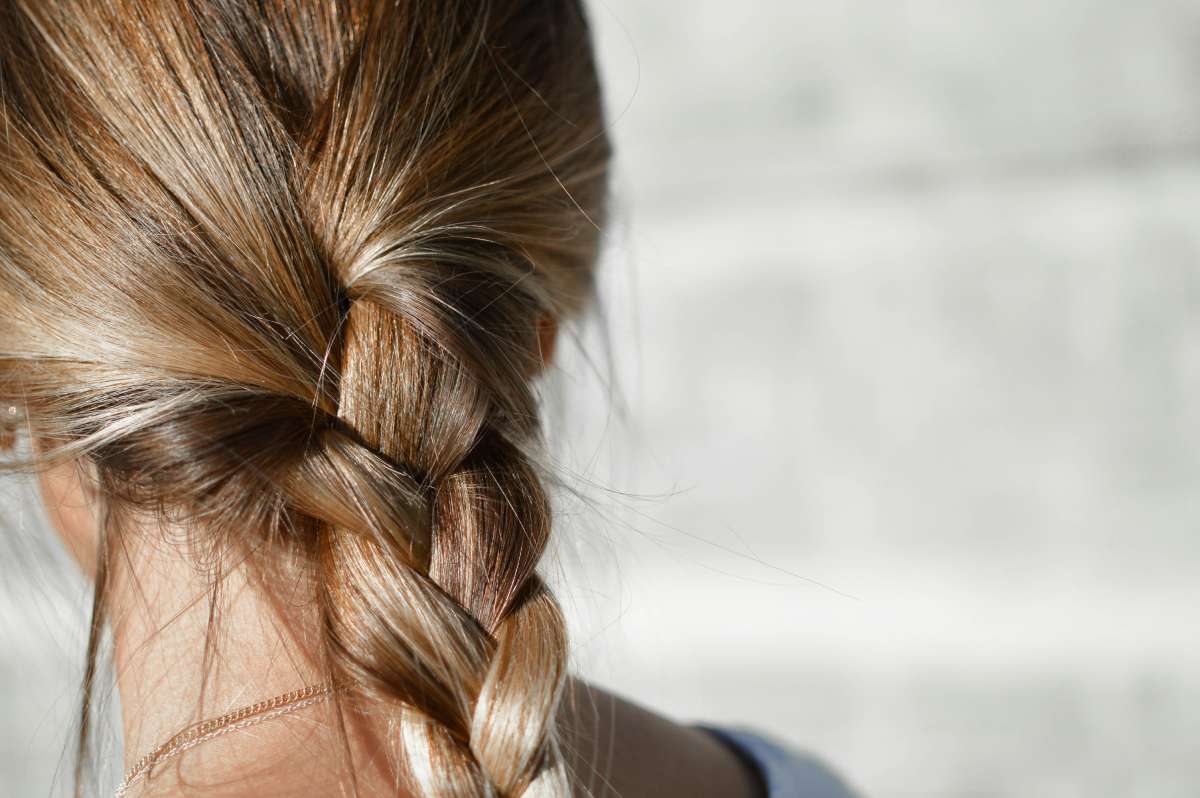Minoxidil, better known by the brand name Rogaine, is a topical medication designed to help promote hair growth.
By the age of 35, approximately 40% of men will be visibly suffering from hair loss. That percentage jumps up to 65% once you reach the age of 60. So there’s a good chance that, at some point in your life, you’re going to suffer from male pattern baldness, or hair loss.
Hair loss can put a damper on your self-esteem, adding more stress and mental anguish to your life, which is why there are a variety of different hair growth treatments on the market.
In addition to procedures like hair transplants and scalp micropigmentation, there are many different medicinal options that can help slow your hair loss and even promote new hair growth. These medicinal options come in different forms. Some are a pill that you take orally and some are shampoos and gels that you massage into your scalp.
Your doctor will be able to help you determine which medication is best for your specific case. Not everyone who suffers hair loss is the same, and not every treatment works the same for everyone. So be sure to consult with a doctor before making a decision on which treatment to try.
How Does Rogaine (Minoxidil) Work?
Rogaine is a topical solution that is intended for external use only. Minoxidil was originally approved in pill form to treat patients with high blood pressure. Oral minoxidil (pill form) is sometimes used off-label to treat hair loss while minoxidil solution or foam can only be used externally.
Like any medication taken internally, there can be side effects that come along with oral minoxidil. This is not typically a first-line treatment for hair loss and it can only be taken under the supervision of a doctor by prescription
Rogaine solution or foam is to be massaged into your dry scalp and left on your head until it fully dries by itself. Your doctor can help evaluate whether you should use the 2% solution or the 5% solution, but in most cases the 5% strength is ideal.
While the exact mechanism by which Rogaine helps promote hair growth is not known, scientists know that the medication has a vasodilatory effect on blood vessels. This dilation of the vessels may allow for improved blood flow which carries red blood cells and therefore more oxygen and nutrients are delivered to the hair follicles. What we do know is that it is activated in the scalp by an enzyme called sulfotransferase which is found in hair follicles. When activated, it shortens the telogen (shedding) phase and prolongs the anagen (growth) phase therefore causing the miniaturized hair follicles to grow longer and stronger.
Can Rogaine Work on Facial Hair?
When looking at it at face value, Rogaine (minoxidil) seems like it should help hair growth in other areas of the body. Based on how Rogaine interacts with the hair growth process, it would only make sense that this process should work no matter where that hair is.
There are lots of people out there claiming that Rogaine use has helped thicken up their beard, or fill in some patchy spots, but is that possible?
In fact, Rogaine is only FDA approved for use on the vertex scalp on men and on thinning areas of scalp on women. It is not approved for other sites on the body. Using it on your facial hair has not been officially tested, so it is highly recommended that you consult your doctor before using Rogaine anywhere other than the top of your head.
But will it work?
There has only been one official study done on the use of Rogaine on facial hair and the results are promising.
48 men were either given a placebo or minoxidil to rub on their face for 16 weeks and then the results were recorded. The group that applied minoxidil showed a greater change in hair count than the control group, while no indication of change in the diameter of the hair. Keep in mind, this is only one study. More studies would have to be completed in order to determine if Rogaine is truly safe and effective for facial hair growth.
Anecdotally, Dr. Krejci will tell you that it can work for your beard. Minoxidil does not react specifically with scalp hair. In fact, with high doses oral (pill form) minoxidil, patients report increased hair growth throughout their body, what doctors refer to as hirsutism. Generally this translates to unwanted body hair but in the case of minoxidil applied topically to your beard, you may find its effects useful.
So while most signs point to Rogaine being effective for facial hair growth, it is still not approved as an official use for the product.
Of note, Dr. Krejci does NOT recommend minoxidil for eyebrows or eyelashes. There are many products on the market that are effective for increasing eyelash growth such as bimatoprost (Latisse) or Neulash. These work by prostaglandin stimulation of the hair follicles and are approved for use in this sensitive area.
Because the skin on your face is different than on your scalp, there may be adverse reactions when using it on your face. The dermis (2nd layer of skin) on the face is generally thinner than that on the scalp so side effects that would not normally appear, or be an issue, could be more likely on the face.
For example, you could experience redness and irritation on your face, hair growth in undesired areas around your neck area, different textures of the hair growing in, or in rare cases systemic effects like dizziness if solution is actually absorbed into the blood stream.
Before using Rogaine on your beard and mustache, we highly recommend speaking with a hair transplant specialist or a dermatologist. Your doctor may have other treatment options that are geared more towards facial hair, or may be able to help set you up with a regimen to ensure that what you’re doing it as safe as it can be.
If you still have questions about Rogaine use for facial hair, beards and mustaches, contact us today at the Limmer Hair Transplant Center in San Antonio. We’d be happy to discuss various options to help improve your beard growth while ensuring you stay as safe as possible.

